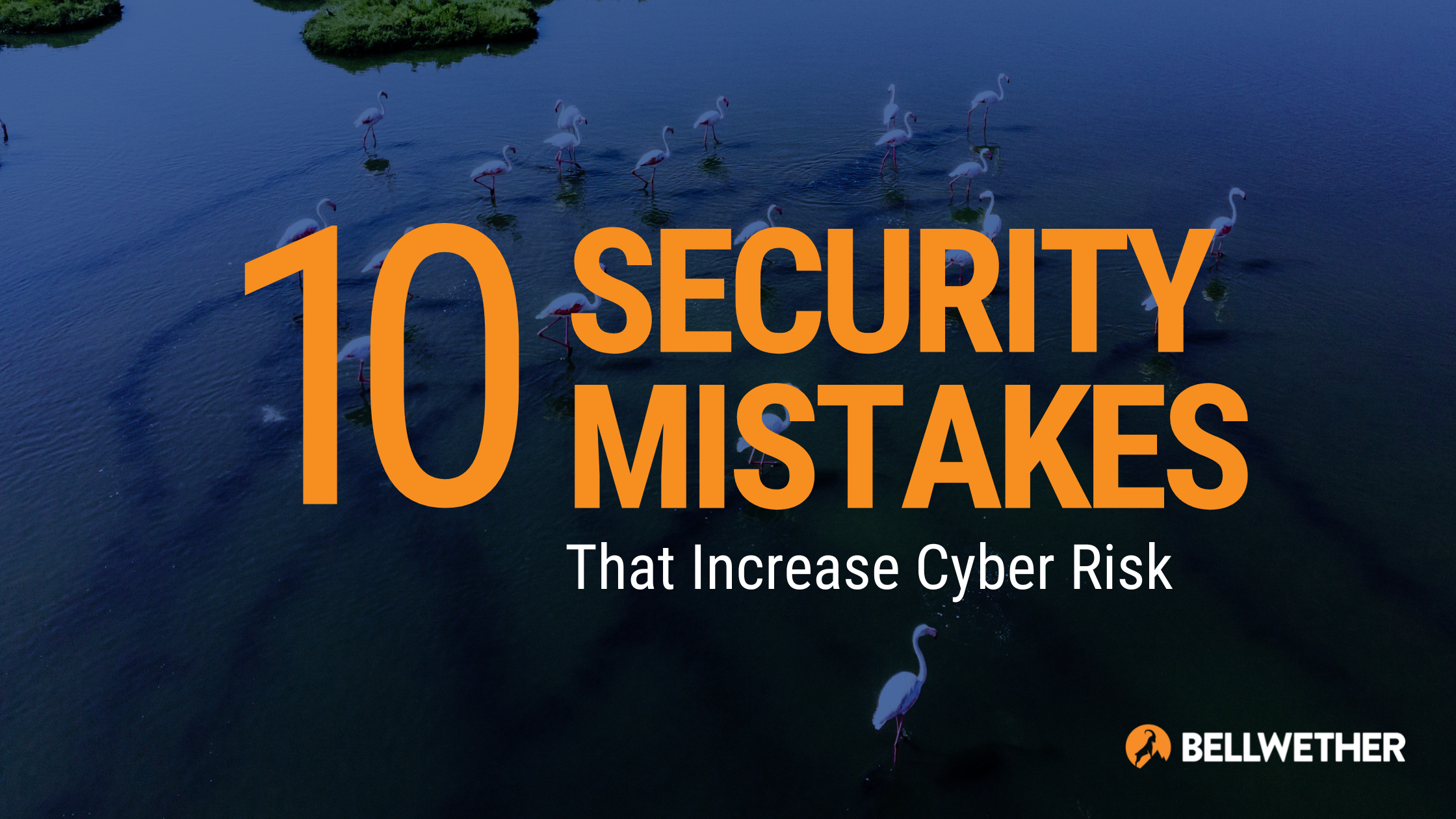
You could have gaps in cybersecurity that make you a bigger target for cyber criminals than you realize. In a world where a cyber attack happens every 39 seconds, it’s only a matter of time before your security blind spots are exploited. When that happens and you find yourself having to deal with the aftermath of a data breach, you’ll wish that you had locked the doors and windows to your network a lot tighter – and sooner.
Creating and implementing an effective cybersecurity strategy takes resources of both time and money but a cyber-attack is going to eat up resources and cause a lot of stress and anxiety too. The average cost of a data breach for a small business is $108,000 and $1.41 million for an enterprise organization. If you have to pay the cost, wouldn’t you rather do it on the side of prevention?
Close Security Gaps for Business Sustainability
Fortunately, many business leaders recognize that security is a requirement for business sustainability and they’re increasing their investment in cybersecurity. In fact, 78% of the respondents to a study by IT solutions provider ConnectWise said that they’re upping their security spend.
You might need to rethink your security posture and increase your investment too, especially if your organization is making any of these cybersecurity mistakes.
1. Not Utilizing Multi-Factor Authentication (MFA)
When it comes to securing access to your corporate and online accounts, you can’t rely on passwords alone. Implementing MFA might add an extra step for employees but it puts up a big barrier between your data and a potential intruder
2. Opting for Convenience Over Security
Many security controls, like MFA, are seen as an inconvenience and your IT team might give in when there’s push back. Once a procedure becomes routine, however, people forget that there was a time when they didn’t have that step.
3. Using Unsupported Hardware or Software
Hardware and software that is not supported with ongoing security patches have vulnerabilities and cyber criminals know just how to find these computers. When you plan for hardware refreshes and use the latest version of your software, potential intruders may jiggle the handle, but they won’t get in
4. Lack of Enforcement
The most robust cybersecurity strategy is not going to be effective if your people bypass it or turn it off. Executives can be particularly guilty of asking IT to do something like disable MFA for their accounts. Stick to your security policies and procedures and remind everyone that they play a role in security.
5. Improper Employee Offboarding
IT should not be the last to know when an employee leaves. Set up procedures for disabling access so that a disgruntled employee doesn’t have the chance to steal or corrupt information or damage IT systems. Audit your system for old accounts and delete anything that isn’t active.
Related: Cybersecurity Basics: 12 Essential Layers You Can’t Ignore
6. Too Much Access to Information
Copying permissions from one employee to another, especially during onboarding, can allow people to get to information that they don’t need to do their job. Periodically revisit permissions to prevent them from creeping and make sure that information access is documented for every job role.
7. Lack of Cyber Insurance
Cyber Insurance has become a necessity for any organization that conducts business on the internet. It’s not included in your general liability policy and you’re not included in your IT provider’s policy. You need your own so that you have the resources needed to bounce back if and when you have a data breach.
8. Inconsistent Cybersecurity Awareness Training
A once a year cybersecurity workshop isn’t enough to teach and maintain secure behavior. Instead of seeing this as an intrusion or inconvenience make it fun by using a platform that uses gamification to keep people’s interest. Remember that if employees don’t know what to do, you really can’t blame them when they make a mistake that leads to a cyber attack.
9. Improper Firewall Configuration
Firewall technology has come a long way in a short time, and unless your IT team knows how to properly configure this piece of equipment, you could have holes where intruders can enter. Get the training for your people or work with an IT company that has experts to take care of it for you.
10. Allowing Personal Devices for Corporate Use
Unless your employees allow you to install mobile device management on their personal phones, Bring-Your-Own-Device (BYOD) is a hazard you should avoid. Provide a corporate device for your people to use if they need one so that you can control all of the factors that surround access to data and IT systems.
Don’t Guess. Get a Cybersecurity Assessment
You can certainly use this list of ten cybersecurity mistakes to stimulate conversations with your IT team to find out if you have some blaring gaps. Go one step further and get a cybersecurity assessment and you’ll get an objective perspective on what’s going on plus recommendations for improvement.
Cybersecurity Assessments for New Orleans Businesses
We work with companies to create and implement cybersecurity strategy that meets up their unique risk profile and tolerance. Our local team of experts can be YOUR security team too. A cybersecurity assessment is a great way for us to get acquainted. Even if we don’t end up working together, you’ll learn a lot about your security posture that you didn’t know before.
Learn more about cybersecurity assessments.
